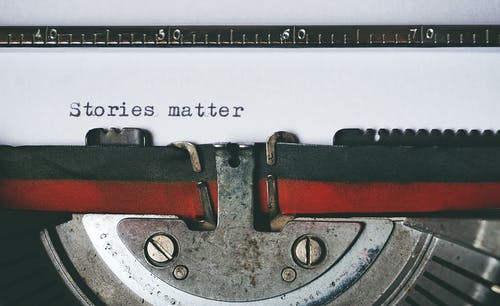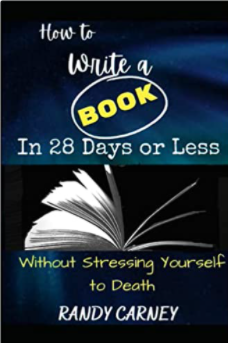Today I’m talking about writing a fiction novel. Well, you’d ask “Aren’t most novels fiction?” I guess that is true; however, you do have a genre of historical fiction, which includes elements of nonfiction history. Here, we will discuss “Writing the Fiction Novel — Four Things to Think About.”
I. Think of Your Characters
First of all, think about your characters. You are certainly going to have a main character. Your readers are going to be spending a lot of time with that character, so it should be someone you and your readers want to spend some time with. Also, as I mentioned in the earlier post (read it here), I think you should also give your character at least one flaw; something they struggle with to make it a little more interesting. (I mean, after all, Superman has his kryptonite, does he not?)

Then you can think about your other characters. They don’t necessarily have to be the kind that you would want to spend a lot of time with. In fact, if you can write a character that kind of makes you mad, that would be all right too. Your character should have personalities in contrast to one another.
II. Think of Your Stories
Next, think of your stories. Many novels have plots and subplots, or a main story and then a secondary story. If you decide to have a main story and a secondary story, you can flip back and forth between those two. At some point, the stories will probably intersect. So think about your main story and your secondary story.
Talking about the stories within the story: In the main story, you actually have two stories going on with that. You have the external story, which are the events that are taking place, Previously, I’ve written about how to start with a character’s real life, then he goes on a downward slope, hits rock bottom, or at least comes to a point of definite decision. It may be a point of no return. Then he starts on an upward slope, seeking his victory. There are obstacles along the way on the upward slope. Then finally there is victory and you tie it all together at the end. That is the outward story of your main story.
But there is also the inward story, and that is the emotional part that a person cannot see. It is where you will tell or show how the character feels as he or she faces those struggles.

So you have the external story, internal story and then you may have a main story and a secondary story, or maybe even some more smaller stories. At some point, your main story and your secondary story will intersect.
Even if you don’t have a secondary story, you still have stories within the main story. Because you have the outer story and the inner story, dealing with the events and the struggles the character faces.
III. Think of the Need to Get Something to Edit
Then think of the need to get something down. Think of the need to get the rough draft done. One of the ways to do that is to write quickly. I have just written a book called “How to Write a Book in 28 Days or Less Without Stressing Yourself to Death.” When I say “your book”, in this case, I am defining the word, “book” as having a rough draft and your first round of editing done. In my book, I explain some techniques on how to do that.
Basically, write in five to 10-minute segments, and write as quickly as you can. (Have your story planned out where you can do that.) Think of the need of getting the rough draft done. Why? Because you can’t edit something unless you have something to edit.
I’ve talked about three things to think about so far: Think about your characters, think about your stories, and think about the need to get the rough draft done quickly and then we move on to the need to edit.

IV. Think of the Need to Edit
Now, you need to go through and do your self-edit first. As you’re doing that, I would suggest that, if possible, you find places to insert more humor if you haven’t already. Go through and sprinkle more interest factors throughout. Go through and eliminate unnecessary words. Read and see where it is bogging down. Then maybe even add more cliffhangers to your story. Once you go through and edit yourself, it should be ready for a professional edit. You should have at least two rounds of professional edits.
There you go! You’re ready to have your novel ready to be published.

Earlier, I mentioned my new book “How to Write a Book and 28 Days or Less Without Stressing Yourself to Death”. You get more great writing tips by following the link and getting the book.
I’m happy to say that when the Kindle version of the book came out it hit the bestseller list on the first day of the launch! I encourage you to go check it out.
It has been good to be with you and I want you to remember, “You can write a book.“
